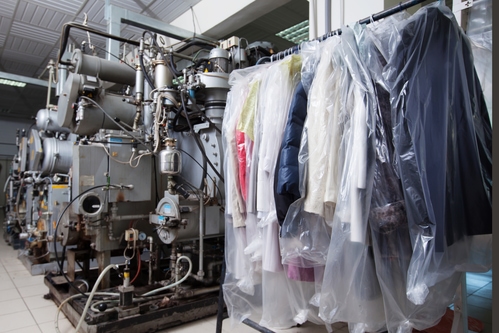Exploring the Fundamental Function of Solvent Agents in the Laundry Procedure
Wiki Article
Dry laundering is a specialized cleaning process that uses solvents instead of liquid to remove dirt and stains from fabrics. This method is particularly beneficial for articles that cannot be washed in a regular washing machine, such as delicate garments, suits, and furniture coverings. The chemicals employed in dry cleaning serve an important function in efficiently dissolving marks and removing oils without damaging the material. Understanding the function of these chemicals helps to value the art behind dry cleaning and its significance in preserving the integrity of various fabrics.
One of the commonly common chemicals utilized in dry cleaning is perc, often called to as "perc." This solvent is efficient because it has a strong ability to dissolve grease and oil, making it ideal for removing tough stains from apparel. However, it is not the only chemical on the market. Other substitutes, such as petroleum-based solvents and silicone solvents, have appeared in new times. These modern chemicals are often not as harsh on materials and may be more environmentally friendly. The selection of solvent depends on the particular type of fabric being cleaned see and the type of the stains found.

The procedure of dry cleaning includes several steps, starting with a detailed examination of the garment. Cleaning experts check for stains, rip, or decorations that may require special care. After this, the item is placed in a dry cleaning machine, which looks like a regular laundry machine but is constructed to process solvents. The solvent is employed to wash the clothes, while the device mixes gently to ensure that the chemical infiltrates the fibers of the material. This phase is crucial, as it allows the solvent to remove and dissolve the dirt and grease, resulting in the garment fresh and new.
After the cleaning process, the items are dried in a controlled setting where the chemical evaporates. This phase is important because it prevents any residue from staying on the fabric, which could lead to harm or discoloration. Once dried, the garments undergo a finishing process where they are ironed and shaped back to their initial shape. This attention to specifics is what makes dry cleaning a preferred approach for maintaining the appearance and durability of delicate fabrics.
In conclusion, solvents are a fundamental part of the dry cleaning process, serving to eliminate blemishes and maintain the integrity of various materials. The employment of different types of chemicals enables for flexibility and effectiveness in cleaning various materials. As innovation advances, the field continues to explore new chemical choices that prioritize both cleaning effectiveness and eco safety. Understanding the role of chemicals helps clients make informed decisions about how to care for their clothing and why dry cleaning is a valuable option.